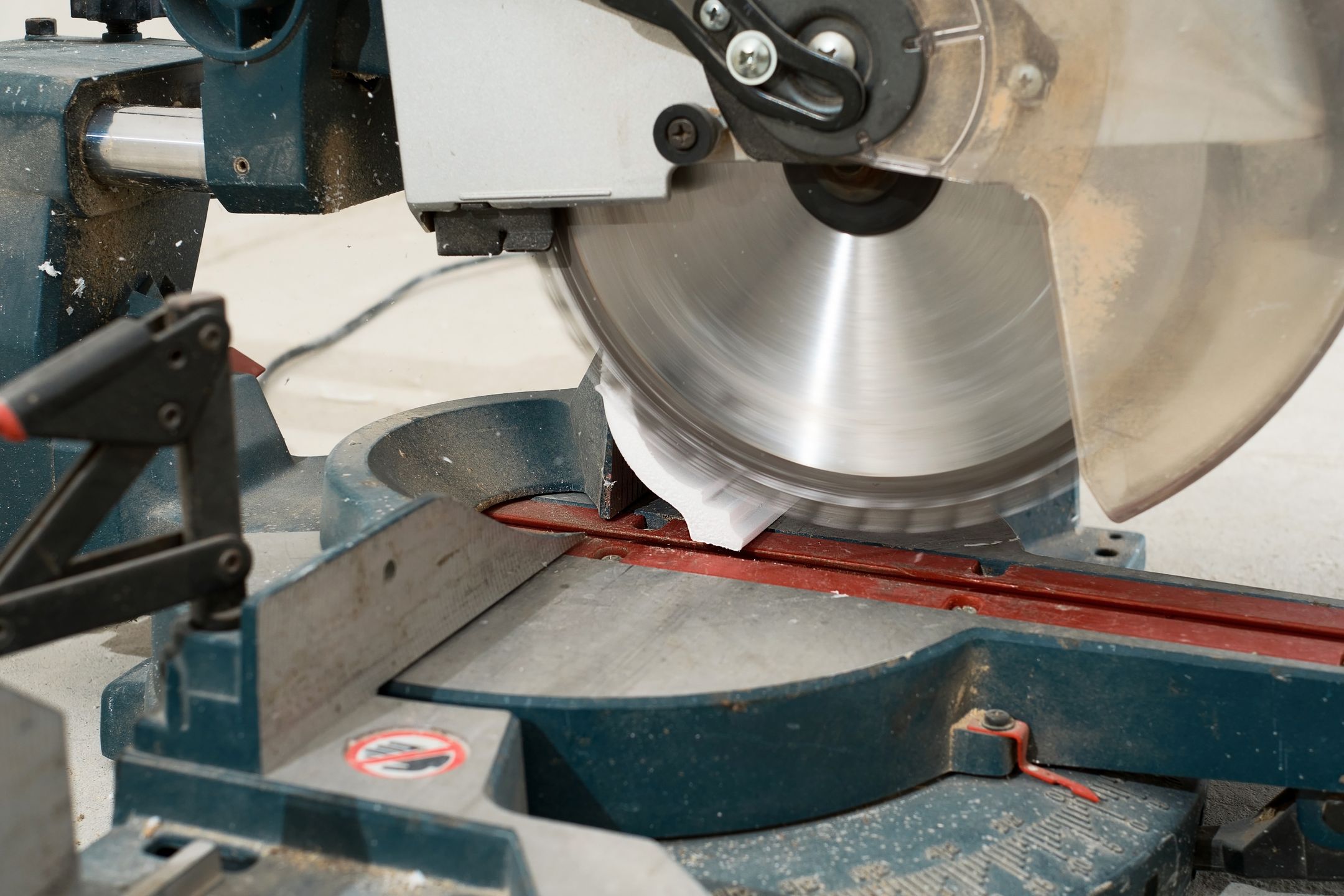Unlock your product's potential with our One-stop solutions!
+86-755-83222882

GET QUOTE
How Many Times Can an Injection Mold be Used?
In the fast-paced world of manufacturing, injection molds are the backbone of efficient production. From simple plastic parts to complex industrial components, these molds are essential for shaping products that meet exact specifications. But a key question lingers in the minds of engineers and manufacturers alike: How long can an injection mold be used before it needs to be replaced? The answer isn't straightforward, as it depends on a variety of factors that influence the mold's durability and efficiency.
Determining the Lifespan of an Injection Mold
The lifespan of an injection mold isn't set in stone. Instead, it fluctuates based on several critical factors. By understanding these variables, manufacturers can better predict mold longevity and make informed decisions that optimize production costs and maintain high-quality output.
Key Factors That Affect Injection Mold Longevity
1. Material Selection: A Crucial Consideration
The choice of material used in the injection molding process plays a significant role in determining how long a mold can last. Molds designed to process softer, non-abrasive materials tend to have a longer lifespan, as they endure less wear and tear during production. On the other hand, when molds are used with abrasive or high-temperature materials, they may deteriorate more quickly due to the harsh conditions they must withstand. For instance, molding materials like glass-filled nylon can significantly reduce the life of a mold compared to more forgiving plastics like polyethylene.
2. Design Complexity: Simplicity Equals Durability
The complexity of a mold's design directly impacts its longevity. Simple molds with fewer intricate details are generally more durable because they distribute the stress of the injection process more evenly. Complex molds, with their intricate geometries and tight tolerances, are more prone to wear. The additional stress on specific areas can lead to premature failure, especially if the design includes thin walls or sharp corners that concentrate pressure during injection.
3. Maintenance Practices: The Secret to Longevity
Regular maintenance is the cornerstone of extending an injection mold's life. Just like any piece of machinery, molds require consistent care to function optimally. This includes routine cleaning to remove residual material, lubrication to prevent friction, and detailed inspections to identify and address early signs of wear. Neglecting these practices can lead to a range of problems, from minor defects in the molded parts to complete mold failure, resulting in costly downtime and repairs.
4. Production Volume: Balancing Quantity with Durability
The frequency with which a mold is used also plays a crucial role in its lifespan. Molds that are subjected to high-volume production cycles are naturally more susceptible to wear. The continuous stress of repeated use can cause the mold to degrade faster, necessitating more frequent replacements. Conversely, molds used in low-volume production runs may last significantly longer, as they endure less cumulative stress over time.
5. Environmental Conditions: The Silent Influencer
The environment in which an injection mold operates is often overlooked, but it can have a substantial impact on the mold's durability. Factors such as temperature fluctuations, humidity levels, and airborne contaminants can all contribute to the wear and tear of molds. For example, excessive heat can cause thermal expansion in molds, leading to warping or cracking over time. Maintaining a controlled, clean environment can help mitigate these effects, ensuring that the mold remains in good condition for as long as possible.
Expanding the Discussion: What Else Should You Know?
While the above factors are the primary determinants of a mold's lifespan, there are additional considerations that manufacturers should keep in mind. For example, advancements in mold materials and coatings have led to the development of more durable molds that can withstand harsher conditions. Additionally, the implementation of predictive maintenance strategies—using sensors and data analytics to monitor mold conditions—can help prevent unexpected failures by providing early warnings of potential issues.
Conclusion: Trust SZOMK for Your Injection Molding Needs
In the intricate world of injection molding, understanding the factors that influence mold longevity is essential for maintaining efficient and cost-effective production. By carefully considering material selection, design complexity, maintenance practices, production volume, and environmental conditions, manufacturers can significantly extend the life of their molds.
When it comes to sourcing high-quality injection molds, SZOMK stands out as a trusted partner. With our commitment to precision engineering, advanced materials, and rigorous quality control, SZOMK molds are designed to withstand the demands of modern manufacturing. By choosing SZOMK, you're not only investing in durable molds but also in a partner dedicated to supporting your production needs with exceptional service and expertise. Make the smart choice—optimize your manufacturing process with SZOMK’s reliable injection molding solutions.

